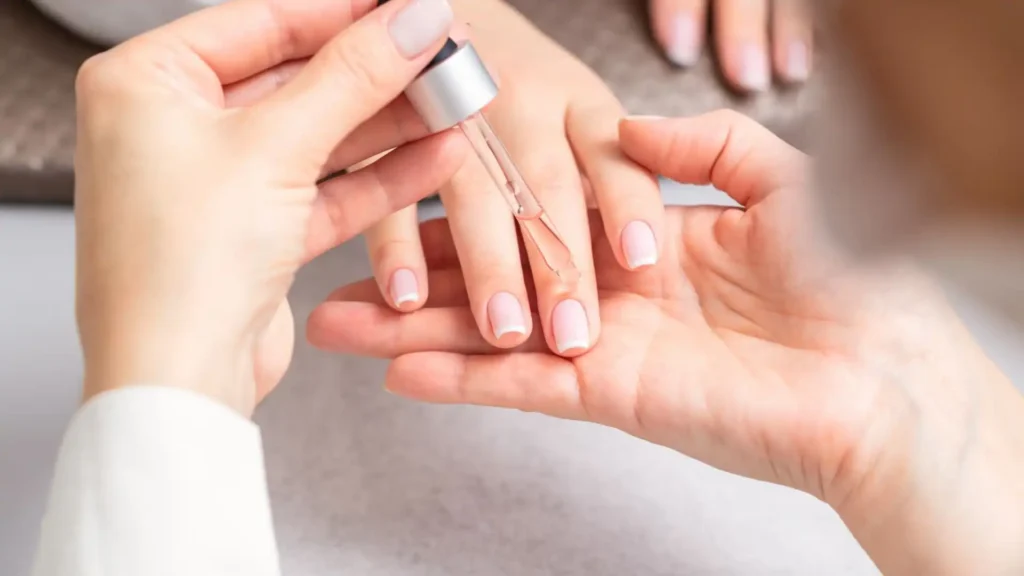Acne is more than just a skin concern; it’s often a reflection of our lifestyle habits. Understanding the causes behind acne and knowing what each breakout location signifies can lead to effective prevention and treatment. In this comprehensive guide, we’ll delve into what acne on different parts of your body might indicate about your habits and health, and offer actionable advice to achieve clearer, healthier skin. clear stem skin care
Acne Around the Mouth
Causes
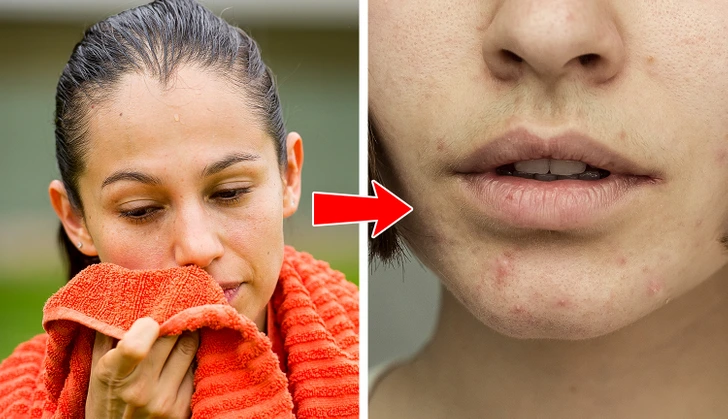
Acne around the mouth can be particularly frustrating. This type of acne often results from irritation caused by frequent contact with objects such as cell phones, musical instruments, or helmet straps. Additionally, the use of certain cosmetics and facial products can lead to breakouts. Hormonal changes and genetics also play significant roles.
Prevention and Treatment
- Avoid Irritation: Reduce contact with objects that may irritate your skin. Clean your phone regularly to eliminate bacteria.
- Choose the Right Products: Use makeup and skincare products labeled as non-comedogenic (non-pore-clogging) and oil-free.
- Maintain Hygiene: Wash your face twice daily with a gentle or mild cleanser.
- Consult a Dermatologist: If acne persists, see a dermatologist for personalized treatment.
Acne on the Nose
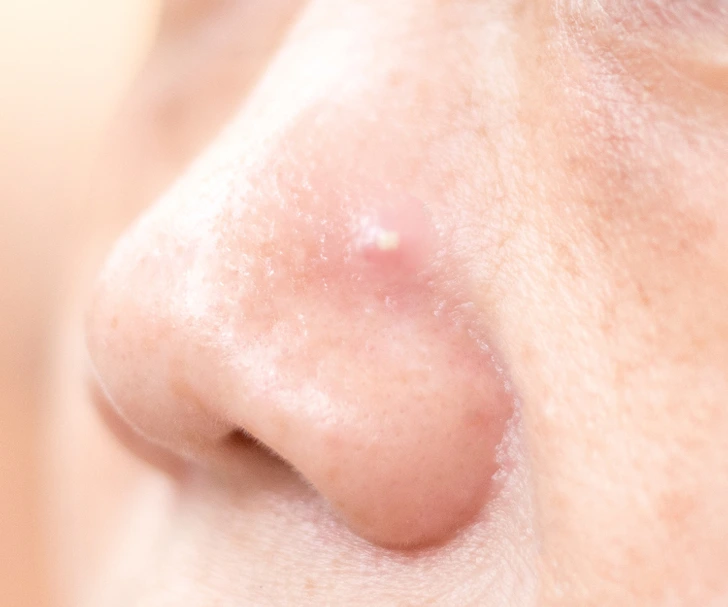
Causes
The nose is a common area for acne due to its larger pores, which are more prone to clogging with dirt and bacteria. Additionally, the skin on the nose is often oilier, making it more vulnerable to breakouts. Diet, stress, and certain medications can also trigger nose acne. In some cases, it might signal underlying health issues.
Prevention and Treatment
- Improve Hygiene: Regularly clean your face to prevent pore-clogging. Consider using products with tea tree oil, sodium sulfacetamide, and sulfur to reduce bacterial growth.
- Address Triggers: Pay attention to your diet and manage stress levels.
- Consult a Dermatologist: For severe or persistent cases, seek professional advice.
Acne on the Forehead
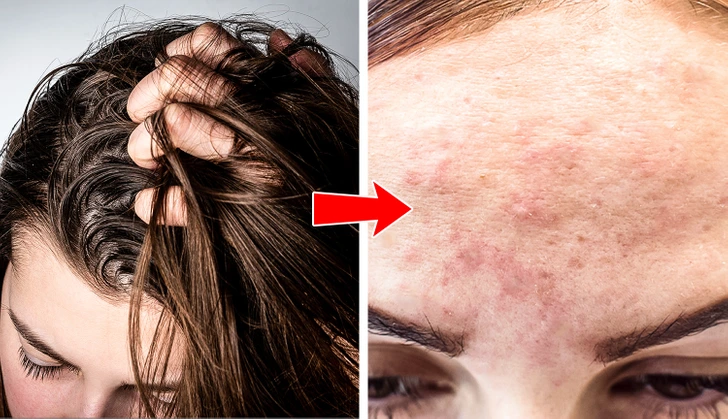
Causes
Forehead acne is usually related to increased oil production. This can be exacerbated by oily hair and certain hair products that contain ingredients like cocoa butter or coconut oil. Medications, hormones, and stress can also contribute to forehead acne.
Prevention and Treatment
- Use Gentle Cleansers: Cleanse your forehead with a gentle product to reduce oil buildup.
- Avoid Oily Hair Products: Switch to non-comedogenic hair care products and wash your hair more frequently.
- Monitor Stress Levels: Managing stress can help regulate oil production.
Acne on the Jaw and Neck
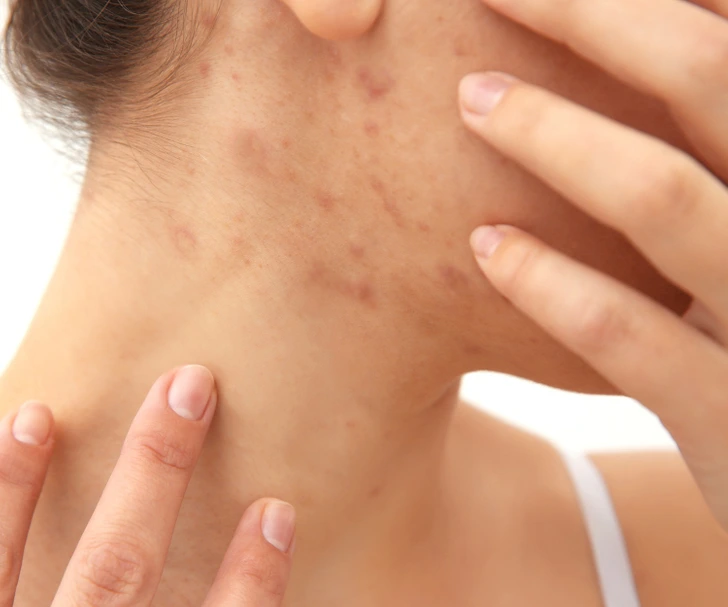
Causes
Acne in the jaw and neck areas is often hormonal, linked to fluctuations during menstrual cycles or the use of birth control. Increased androgen levels can lead to breakouts in these regions. clear stem skin care
Prevention and Treatment
- Use Non-Comedogenic Products: Opt for cleansers and moisturizers that won’t clog pores.
- Sun Safety: Apply sunscreen to protect your skin from damage.
- Consult a Doctor: For severe hormonal acne, consider seeing a dermatologist or endocrinologist.
Acne on the Cheeks
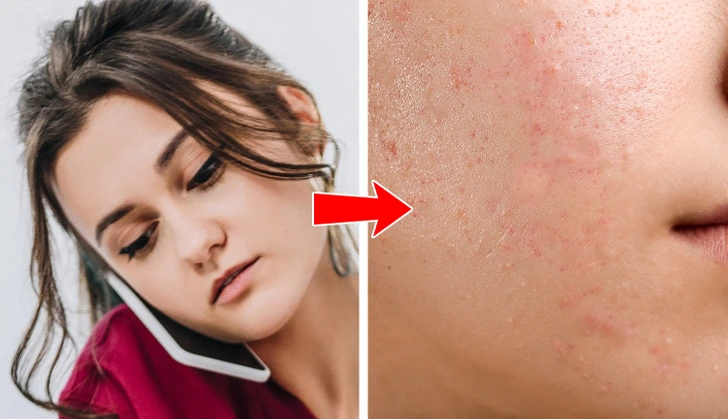
Causes
Cheek acne is frequently caused by bacteria transferred from cell phones, dirty pillowcases, and hands. Hormonal changes can also play a role, but lifestyle habits are often the primary culprits.
Prevention and Treatment
- Clean Your Phone: Wipe down your phone regularly to prevent bacterial transfer.
- Change Pillowcases: Replace pillowcases and sheets weekly to maintain cleanliness.
- Practice Good Hygiene: Wash your hands often and avoid touching your face.
Acne on the Back
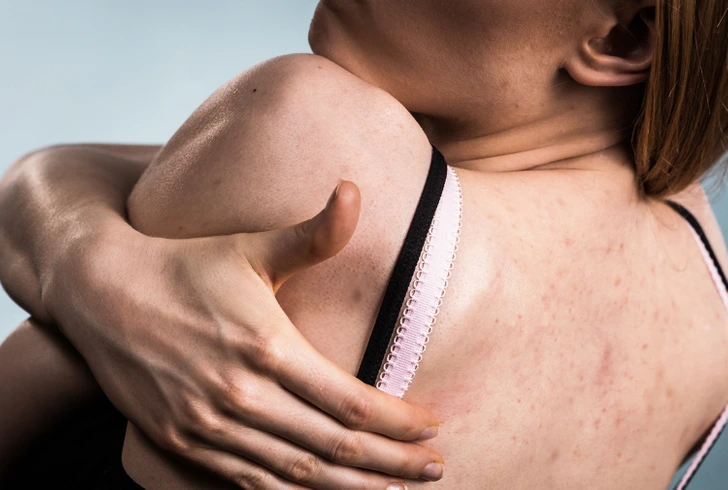
Causes
Back acne can result from allergies to skincare products, sweat mixing with oil and toxins, and wearing tight clothing. Poor hygiene and diet can also contribute to breakouts on the back.
Prevention and Treatment
- Shower After Exercise: Quickly shower after workouts to remove sweat and bacteria.
- Wear Loose Clothing: Choose breathable fabrics that allow your skin to stay dry.
- Use Hypoallergenic Products: Opt for gentle, non-comedogenic skincare products.
Acne on the Legs
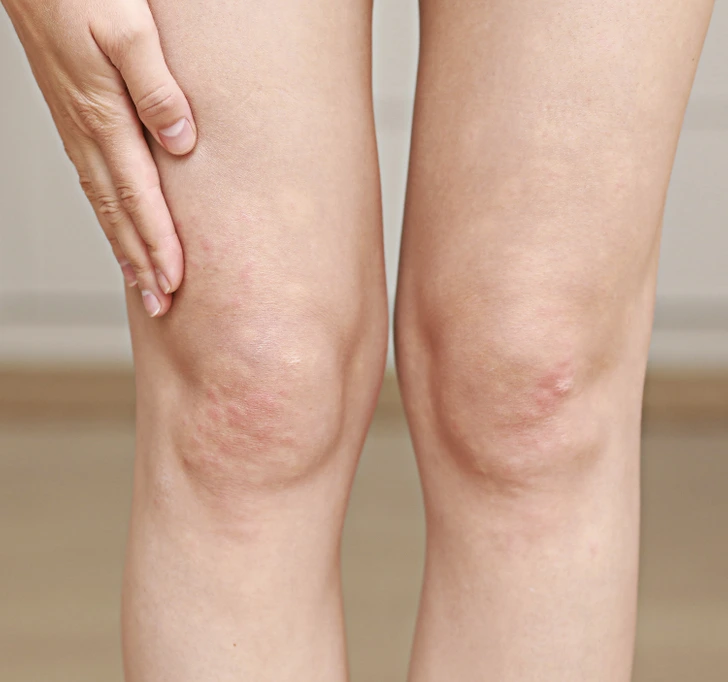
Causes
Acne on the legs is often due to physical irritation from athletic equipment or tight clothing. It can sometimes be mistaken for other skin conditions like folliculitis, eczema, or keratosis pilaris.
Prevention and Treatment
- Wear Proper Clothing: Avoid tight clothing that can irritate your skin.
- Consult a Doctor: If your leg acne is itchy or painful, see a dermatologist for a proper diagnosis.
- Maintain Hygiene: Regularly cleanse your legs and exfoliate to prevent clogged pores.
Acne on the Chest
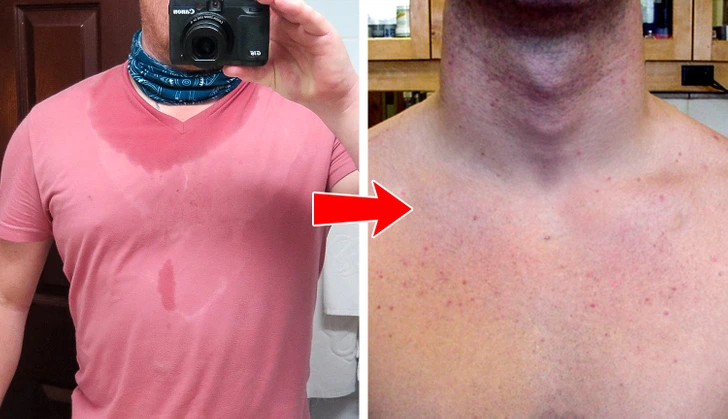
Causes
Chest acne develops similarly to back acne, often due to tight clothing, harsh detergents, and pore-blocking lotions. Sensitive skin can react to these irritants, leading to breakouts.
Prevention and Treatment
- Choose Gentle Detergents: Use hypoallergenic, sulfate- and fragrance-free laundry detergents.
- Wear Breathable Fabrics: Select clothing that allows your skin to breathe, especially during exercise.
- Use Non-Comedogenic Products: Opt for skincare products that do not clog pores.
Conclusion
Understanding the causes behind acne on different body parts can empower you to make lifestyle changes that promote clearer skin. Consistent skincare routines, choosing the right products, and maintaining good hygiene are crucial steps in preventing breakouts. If acne persists, consulting a dermatologist can provide tailored solutions.clear stem skin care.
Call to Action
Have you successfully managed acne through lifestyle changes? Share your tips and experiences in the comments below! By staying attentive to the signals your body sends, you can achieve and maintain healthy, clear skin. clear stem skin care
Discover more skincare trends:
- What Order Should I Follow for My Skin Care Routine?
- Researchers Discover Promising Acne Treatment with Zero Side Effects
- Follow us on Facebook
- Follow us on Pinterest




